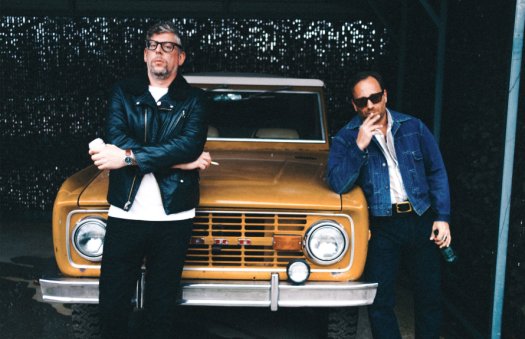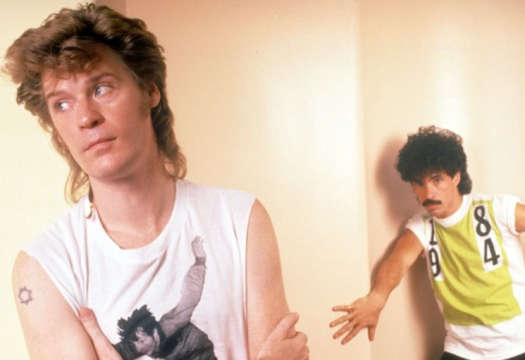Peppering the walls of their high-rises with million-dollar art pieces intended to make each other jealous (or, perhaps, hide money from the tax man), the one-percent love to reference just how absurd their hobby is. It's the sort of self-deprecating acknowledgement that one does to get off the hook about something — "we all know how ridiculous this is," they suggest. With The Price of Everything, however, those outside of the art world will likely be baffled by what's going on.
Nathaniel Kahn's documentary opens with a look at a pristine Sotheby's auction, complete with wealthy New Yorkers like Woody Allen in the crowd. In his cartoonishly posh voice, auctioneer Simon De Pury argues, "It's important for good art to be expensive."
What follows is a brutally frustrating exposé of the greed, hypocrisy and disgusting excess at the centre of the art world. Along the way, we meet collector Stefan Edlis, whose five condos are filled with 200 works from over 40 artists (many of his pieces, which are worth millions if not tens of millions of dollars, are acquired through trades so that he can avoid paying taxes) and Zoolander-esque pop art bullshitter Jeff Koons, whose scenes will likely make you want to tear your own hair out. "It's a metaphor. It's all a metaphor," he says while explaining that a train's pistons are similar to a human breathing.
On the flipside of the art-versus-commerce debate, the excess is countered with the story of semi-forgotten modern artist Larry Poons and a Nigerian up-and-comer Njideka Akunyili Crosby, both of whom grapple with the temptation to mass produce their works for profit and generally come out on the right side of artistic morality. Then there's the legendary Gerard Richter, who critiques the high price tag for his work. "I like it, but it's not a house," he says of its inflated worth.
On more than one occasion, the art world is aptly compared to Wall Street — a competitive playground where the absurdly rich become even richer. Further, the shyster Koons is accurately compared to Jordan Belfort in The Wolf of Wall Street. Despite these metaphors, and plenty of incisive words from art critics and historians, viewers will likely find themselves outraged without gratification, as Kahn unearths more sickening facts than he knows what to do with. Then again, it's hard to imagine any satisfying ending that didn't involve all of these rich pricks being locked up and having their wealth redistributed.
(HBO)Nathaniel Kahn's documentary opens with a look at a pristine Sotheby's auction, complete with wealthy New Yorkers like Woody Allen in the crowd. In his cartoonishly posh voice, auctioneer Simon De Pury argues, "It's important for good art to be expensive."
What follows is a brutally frustrating exposé of the greed, hypocrisy and disgusting excess at the centre of the art world. Along the way, we meet collector Stefan Edlis, whose five condos are filled with 200 works from over 40 artists (many of his pieces, which are worth millions if not tens of millions of dollars, are acquired through trades so that he can avoid paying taxes) and Zoolander-esque pop art bullshitter Jeff Koons, whose scenes will likely make you want to tear your own hair out. "It's a metaphor. It's all a metaphor," he says while explaining that a train's pistons are similar to a human breathing.
On the flipside of the art-versus-commerce debate, the excess is countered with the story of semi-forgotten modern artist Larry Poons and a Nigerian up-and-comer Njideka Akunyili Crosby, both of whom grapple with the temptation to mass produce their works for profit and generally come out on the right side of artistic morality. Then there's the legendary Gerard Richter, who critiques the high price tag for his work. "I like it, but it's not a house," he says of its inflated worth.
On more than one occasion, the art world is aptly compared to Wall Street — a competitive playground where the absurdly rich become even richer. Further, the shyster Koons is accurately compared to Jordan Belfort in The Wolf of Wall Street. Despite these metaphors, and plenty of incisive words from art critics and historians, viewers will likely find themselves outraged without gratification, as Kahn unearths more sickening facts than he knows what to do with. Then again, it's hard to imagine any satisfying ending that didn't involve all of these rich pricks being locked up and having their wealth redistributed.




